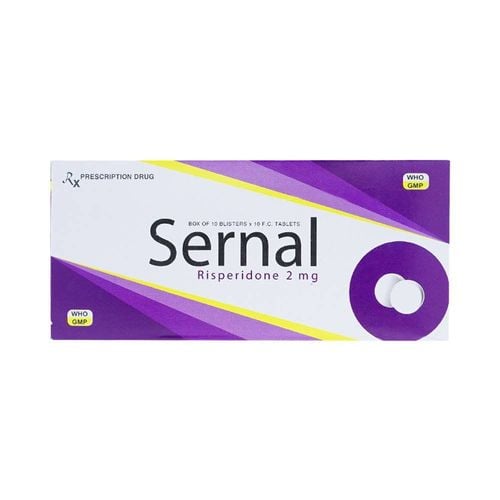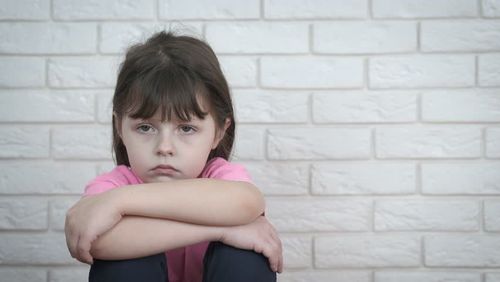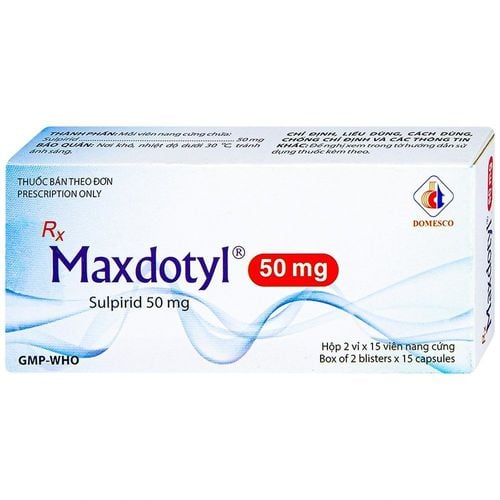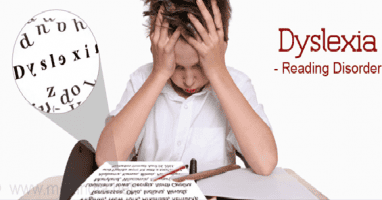This is an automatically translated article.
Autism spectrum disorder (ASD) is a complex condition. Medical terms and acronyms make it even more difficult for parents to understand correctly. Before seeking help for a child with autism, let's take a look at some key terms about the disease.1. The Affordable Care Act (ACA)
A federal law, signed in 2010, provides that all children have the right to free screening for autism spectrum disorder when they are 18 and 24 months old. It also says children can continue to participate in their parents' health plan until age 26, whether they are living at home, or alone. Health plans must include pre-existing conditions as well as prescriptions, behavioral health treatment, and other services, including behavioral analysis as applicable in some states.2. Americans with Disabilities Act (ADA)
The 1990 Act prohibits discrimination against people with disabilities and requires people with disabilities to have equal opportunities in education, public accommodation, employment and other areas.3. Applied behavior analysis (ABA)
A therapy that encourages the behavior and skills required. There are many different forms of applied behavior analysis, including positive behavior support (PBS) which aims to identify the reasons for abnormal behaviors and replace them with more appropriate behaviours. Critical Response Therapy (PRT) focuses on key development areas such as motivation or self-management, Discrete Trial Training (DTT) using a very systematic and step-by-step approach , natural environment training (NET) taking place in a familiar setting, and early positive behavior intervention (EIBI) for very young children.4. Aripiprazole
A medication used to treat irritability that occurs in some children with autism between the ages of 6 and 17.5. Asperger's Disorder, or Asperger's Syndrome
The name formerly used for a pervasive developmental disorder characterized by difficulty with social interactions, obsessive interests, monotonous or rigid voices, and abnormally repetitive behaviors . Currently, most people with these symptoms are diagnosed with autism spectrum disorder, although anyone previously diagnosed with Asperger's may continue to use the term.
Hiện nay, hầu hết những người có các triệu chứng này được chẩn đoán mắc chứng rối loạn phổ tự kỷ, mặc dù bất kỳ ai trước đây được chẩn đoán mắc Asperger vẫn có thể tiếp tục sử dụng thuật ngữ này
6. Autism spectrum disorder (ASD) or autism
A brain disorder characterized by abnormalities in communication, social interaction, and restricted, repetitive behaviors or interests. Restricted, repetitive behaviors may include repeatedly turning, clapping, or focusing on a topic or activity, such as putting toys in a particular order or being obsessed with cars fire. People with autism may also be particularly sensitive to noise, bright light, or touch. The signs of autism should be apparent from an early age, even if they are not recognized until later. Symptoms can range from mild to severe and may be related to other health conditions or intellectual or language disabilities. There is no effective treatment, but there are many supports and therapies that can help children with autism. In addition, there is no single drug that can cure autism, but medications can reduce common symptoms such as aggressive behavior, irritability, anxiety, depression, and irritability.7. Cognitive behavioral therapy (CBT)
It is a therapeutic approach to help people recognize and manage their emotions and moods, leading to improved behavior. It is often used to help reduce anxiety and fear.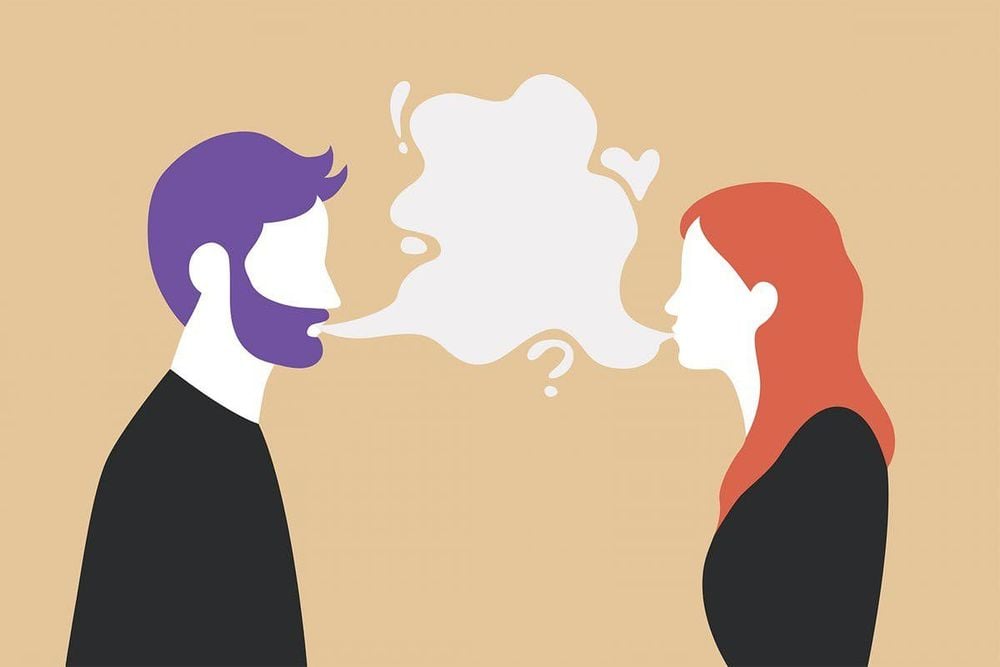
CBT là một phương pháp trị liệu nhằm giúp mọi người nhận ra và quản lý cảm xúc, tâm trạng của họ, dẫn đến cải thiện hành vi
8. Complementary and alternative therapy
These are new treatments and therapies that are not commonly recommended by most doctors. Examples include dietary changes (such as removing casein and gluten from a child's diet), melatonin to relieve insomnia, nutritional supplements (such as a multivitamin), oxygen treatments, wearing compression garments and chelation therapy, which remove certain chemicals from the body. These methods are often unproven and some can be dangerous.9. Development, Individual Differences, Relationship-Based (DIR) / Uptime Model
One method of intervention involves monitoring and encouraging a child's natural preferences relative to developmental timelines.10. Diagnostic and Statistical Manual of Mental Disorders (DSM)
The American Psychiatric Association's standard reference guide is used to identify autism and other conditions affecting the brain. The 5th edition - the DSM-5 - published in 2013 changed the way autism is diagnosed. Four disorders (autism disorder, Asperger's disorder, childhood disintegrative disorder, and pervasive developmental disorder - other nonspecific) were removed from the previous edition and replaced by a new diagnosis: autism spectrum disorder, with three levels of severity. The DSM-5 also created a new diagnosis - social communication disorder. This condition includes some people who do not meet all of the new criteria for ASD diagnosis but have problems with communication.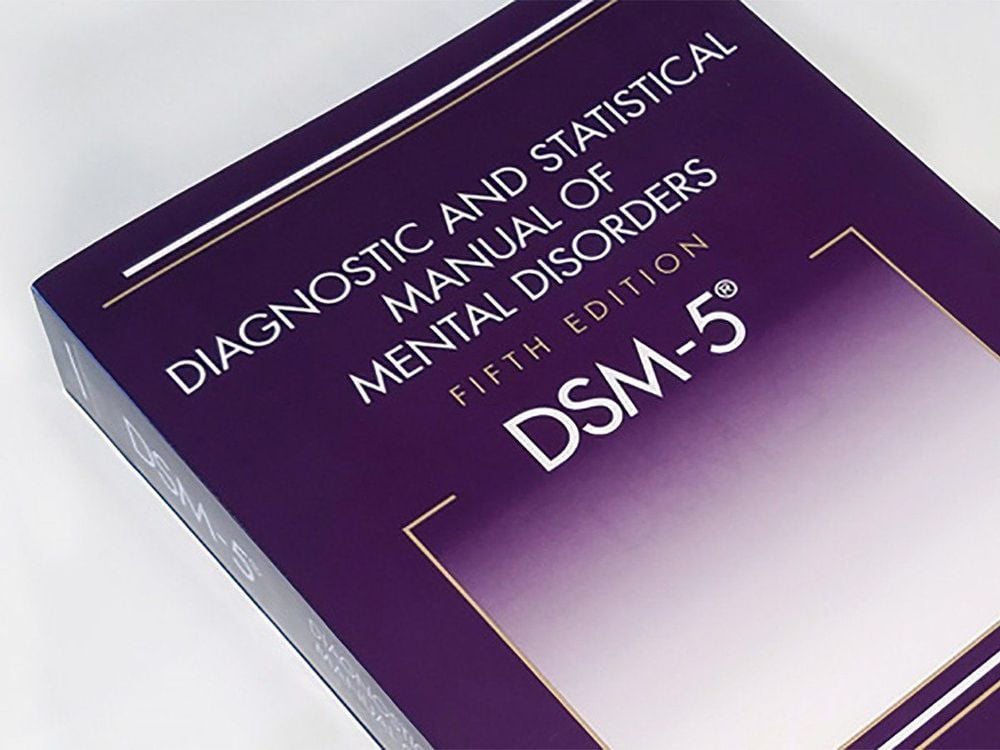
Hướng dẫn tham khảo tiêu chuẩn của Hiệp hội Tâm thần Hoa Kỳ được sử dụng để xác định chứng tự kỷ và các tình trạng khác ảnh hưởng đến não
11. Early Intervention Services (EI)
Free, federally funded services for children under 3 years of age with or likely to have developmental delays. An Individualized Family Service Plan (IFSP) is developed for each child that describes the child's needs and services, which may include some of the behavioral and physical therapies described in this list.12. Early Start Denver Model (ESDM)
A behavioral early intervention approach for children 12 months to preschool age to improve social skills. Often delivered in familiar, comfortable settings, such as at home or preschool, it emphasizes relationships: Therapeutic techniques are used during playtime and parents are needed partners essential in regulating children's behavior.13. Extended School Year (ESY) Services
Treatment and support services are provided during extended breaks, such as summer or winter breaks, to prevent skill setbacks.14. 504 Plan
An educational plan to enable public school students with physical or mental disabilities to function in a regular classroom. The 504 Plan was developed under the Rehabilitation Act of 1973, a federal civil rights statute. Children who do not qualify for an individualized education program (IEP) may be eligible for a 504 program, which is supervised by a teacher and with less parental involvement than an IEP.15. Free Appropriate Public Education (FAPE)
Federal law requires public schools to provide free educational services and appropriate supports to meet the individual needs of children with disabilities so that they receive the same education as their classmates without disabilities. disability. FAPE under 504 plan.16. The Individuals with Disabilities Education Improvement Act (IDEA)
A federal law that ensures public schools meet the educational needs of students with disabilities. It describes special education services for children with disabilities including children with autism, learning disabilities, and speech or language disabilities.17. Individualized Education Program (IEP)
A detailed plan, in writing, created between parents, educators, and therapists, to educate and support a child with special needs between the ages of 3 and 21. It request a reevaluation every three years, although parents can request an annual reevaluation.18. Individual Family Service Plan (IFSP)
An early intervention treatment plan for children under 3 years of age with or likely to have a developmental delay. It describes the child's needs and services, which may include behavioral therapy and physical therapy and must be provided free of charge.19. General attention
A child's ability to share attention and interests with others by pointing at something or pointing out an object, or by making eye contact and other cues, such as smiling or clapping.20. Least restrictive environment (LRE)
According to IDEA, schools must include children with disabilities in regular classroom activities as much as possible. Students may need support in the classroom, such as physical accommodation or an assistant. This is sometimes referred to as a "nested" or "inclusive" skill.21. Nutrition therapy
A strategy is often developed with a dietitian to make sure children get enough nutrients and calories for healthy growth. A customized meal plan can help with problems caused by loss of appetite, constipation, and medication side effects. It can also help with digestive problems, a common problem in children with autism.
Một chế độ ăn phù hợp cũng có thể giải quyết các vấn đề về tiêu hóa thường gặp ở trẻ tự kỷ
22. Occupational Therapy (OT)
Teach practical skills for everyday life, such as bathing, dressing, eating, staying safe, and managing common social interactions. It also helps children with hand-eye coordination, fine motor skills needed to write or handle toys, and strategies for positive behavior. It is also often associated with sensory integration therapy.23. Other pervasive developmental disorder-NOS (PDD-NOS)
In the DSM-4, children on the autism spectrum but who did not meet all of the criteria for any specific subgroup disorder were diagnosed with PPD-NOS. The DSM-5 has dropped PDD-NOS, classifying it as an autism spectrum disorder, but anyone with a previous diagnosis of PDD-NOS can continue to use the term.24. Physiotherapy (PT)
Strategies to help with movement and mobility, such as toe walking, repetitive movements, muscle weakness, and difficulty planning and performing actions. Physical therapy also helps improve motor skills such as balance, coordination, and walking.25. Risperidone
Antipsychotic medication for children 5 to 16 years old to help control irritability, tantrums, self-harm and aggression, behavioral problems found in some children with this disorder. autism spectrum disorder.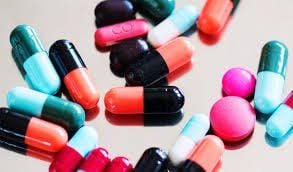
Risperidone là thuốc chống loạn thần dành cho trẻ em từ 5 đến 16 tuổi để giúp kiểm soát tính cáu kỉnh, nổi cơn thịnh nộ, tự làm hại bản thân và hung hăng
26. Sensory Integrative Therapy
Help children who are very sensitive to certain sensory experiences, such as sound, touch, sight or smell, by teaching them how to regulate and control their reactions. It is often part of occupational therapy.27. Social Communication Disorder (Practical) (SCD)
A disorder characterized by problems with verbal and nonverbal communication from an early age. It includes difficulty learning and using words as well as inappropriate reactions in conversation. This is a relatively new diagnosis established in 2013 in the DSM-5.28. Special Education Services
Educational services provided by local school districts to children with special needs 3 years of age and older. Each child has a customized plan called an Individualized Education Program, or IEP.29. Speech therapy
Focusing on communication skills to help children express themselves better can reduce frustration and improve behavior. Speech therapy can help children engage in conversations, follow directions, write, and ask for help. Children who are not yet able to speak can learn to use gestures, pictures, and sign language to communicate.Parents need to understand the terms of autism in their children to get information, monitor and help their children when needed. Children with autism are those who are cared for and cared for in society.
Autism can affect both adults and children, is a very complex nervous system disorder, seriously affecting the health and life of the patient. The Department of Regenerative Medicine - Vinmec International General Hospital has been effectively treating hundreds of patients with autism to reintegrate into the community.
Advanced treatment methods: Vinmec is the first hospital in Vietnam to research and treat autism with stem cell transplantation combining methodically with many educational methods by music, painting, yoga - meditation, art of autism treatment with positive results. A team of highly trained, experienced doctors and therapists who understand children's psychology cultivate expertise at home and abroad with leading experts from USA, Australia, India, Italy. Prof. Dr. Nguyen Thanh Liem is a leading pediatric expert in Vietnam and has successfully researched and applied stem cell transplantation in the treatment of autism. Modern equipment: The evaluation clinic has a one-way mirror to help observe and evaluate patients objectively, comprehensively and effectively. Tests - psychological tests are methodical, built according to international standards and regularly updated. Modern and diverse equipment and treatment tools. The room is of 5-star standard quality. Professional patient care: Monthly, the center will organize activities and seminars to exchange educational experiences with parents; at the same time, organize weekly classes for the patient, and closely monitor the patient's progress with family members for timely interventions. To examine and treat autism with leading doctors at the Department of Regenerative Medicine of Vinmec International General Hospital, please click the "Contact Us" button on the website, or register for an online examination.
Please dial HOTLINE for more information or register for an appointment HERE. Download MyVinmec app to make appointments faster and to manage your bookings easily.
Reference source: babycenter.com




